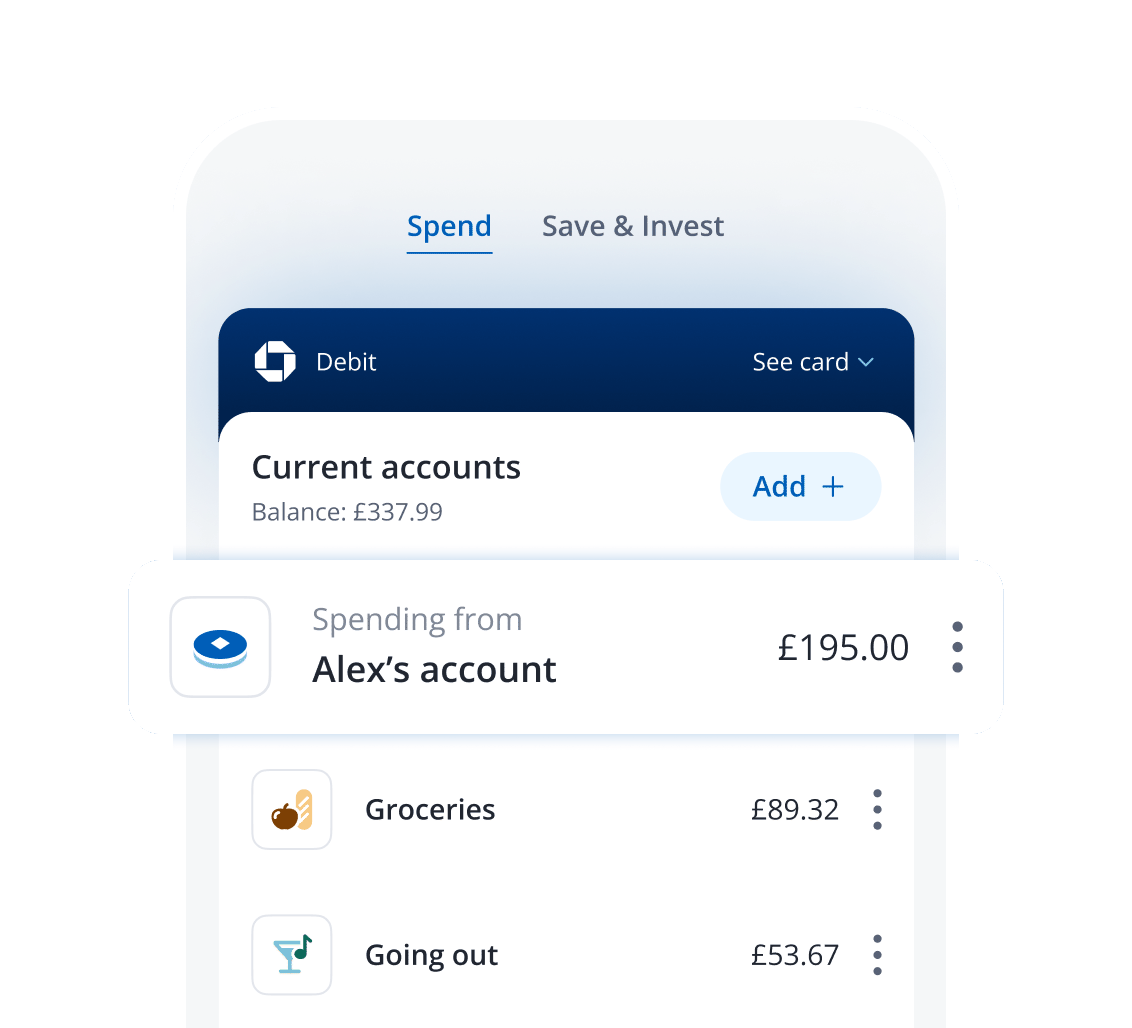life
Is a home gym or gym membership the better investment? We weigh the options
4 min | 23 June 2022


.jpg)

During the dark days of Covid, many of us cherished our allotted one hour of outdoor time. For many, those walks were a vital respite from isolation, and they reframed our collective feelings towards exercise. Rather than a burden, it became a bountiful gift. A gift that was to be enjoyed from home.
For regular exercisers the walk was a great start, but with gyms closed a muscle-pumping workout was still a top priority. When follow-along online exercise videos just didn’t cut it, home gyms began popping up. In the UK alone, home gym equipment sales have risen over 5,000% since its first lockdown in March 2020. But the question remains: can the cost of setting up a home gym actually be an investment compared to regularly paying regular fees at your local fitness centre?
How to build a home gym
So what does a ‘basic’ gym setup even look like? To begin, you’ll need to tailor your equipment based on a few key factors:
- Your level of experience
- Your exercise preferences
- The amount of space you have
Beginner basics: if you don’t have a dedicated space to work out, the absolute basics could include a mat, a set of dumbbells (if adjustable, going to at least 20kg), and resistance bands. For cardio, a simple skipping rope can be a great option. Estimated cost: ~£75 (average £40 dumbbells, £20 mat, £10 resistance bands, £5 skipping rope).
Lite mode: if you have storage space, you can add in portable machines like a foldable exercise bike or treadmill that can be packed away when they’re not in use. Estimated cost (including previous kit): ~£205-£375 (average £130 for bikes and £300 for treadmills).
Semi-permanent: if you have a free corner of the spare room or garden studio, you can upgrade from lite mode by adding a weight bench and a permanent cardio machine, like a treadmill or cross trainer. Estimated cost (including previous kit): ~£405-£575 (from £50 for weight bench and £150 for cross trainer).
Permanent set-up: for the more dedicated among us, with room to spare, a multipurpose exercise rig could be a great addition that allows for a wide range of barbell and weighted exercises. Estimated cost (including previous kit): ~£805-£975 (from £400 for a multi-gym exercise rig).
The absolute basics to pro setup home gym can cost anything from £75 to almost £1,000, conservatively.
The gains of the fitness industry
In the last 10 years, the gym and fitness industry has undergone its own revolution. From colourful characters on breakfast TV in the 90s, today’s landscape includes fitness influencers and countless gym options. While there are high-end gyms, with membership fees to match, many cheaper options are more than sufficient. You can pay as you go from as little as £4.50 or sign up to contract-free, low-cost gyms from £10-£20 a month.
Home or away
Working out at home can’t be matched either in convenience or commute time. And in terms of cost, the answer is clear: yes, the cost of a home gym can be very low, and even more sophisticated set-ups will eventually pay for themselves when set against the cost of monthly membership fees. For example, a £1,000 home gym compared to a £20 per month gym membership would break even after about four years. In that time, however, you'd almost certainly need to upgrade or replace some of the components, through wear-and-tear and improved strength.
The picture also gets murky when you consider the added benefits that come with a dedicated, commercial gym. Most obviously, there’s access to a wider range of equipment to keep your workouts varied. It would be costly to replicate a fully equipped gym at home, so you’d likely just have to go without some kit.
The social distinction
Also, at many gyms you can benefit from perks that can’t be replicated at home, like swimming pools, saunas, climbing walls, and a bounty of complementary workout classes. What's more, you may have access to personal trainers who can offer invaluable support on your fitness journey. While there are apps that can connect you with trainers, an app probably can’t spot you on your last rep.
Apart from all those (costly) extras, just as we’ve realised in the last few years, socialising is important. For many, the social interaction that comes with a gym may well be one of the few chances to mix with other people, even as the world stumbles into a new normal.
Flex in or flex out
So, to stay at home or venture to the gym? It’ll absolutely depend on your level of experience and what you can afford. Generally speaking though, the benefits of working out at a gym may just edge out the home option, by a rep or two.


















